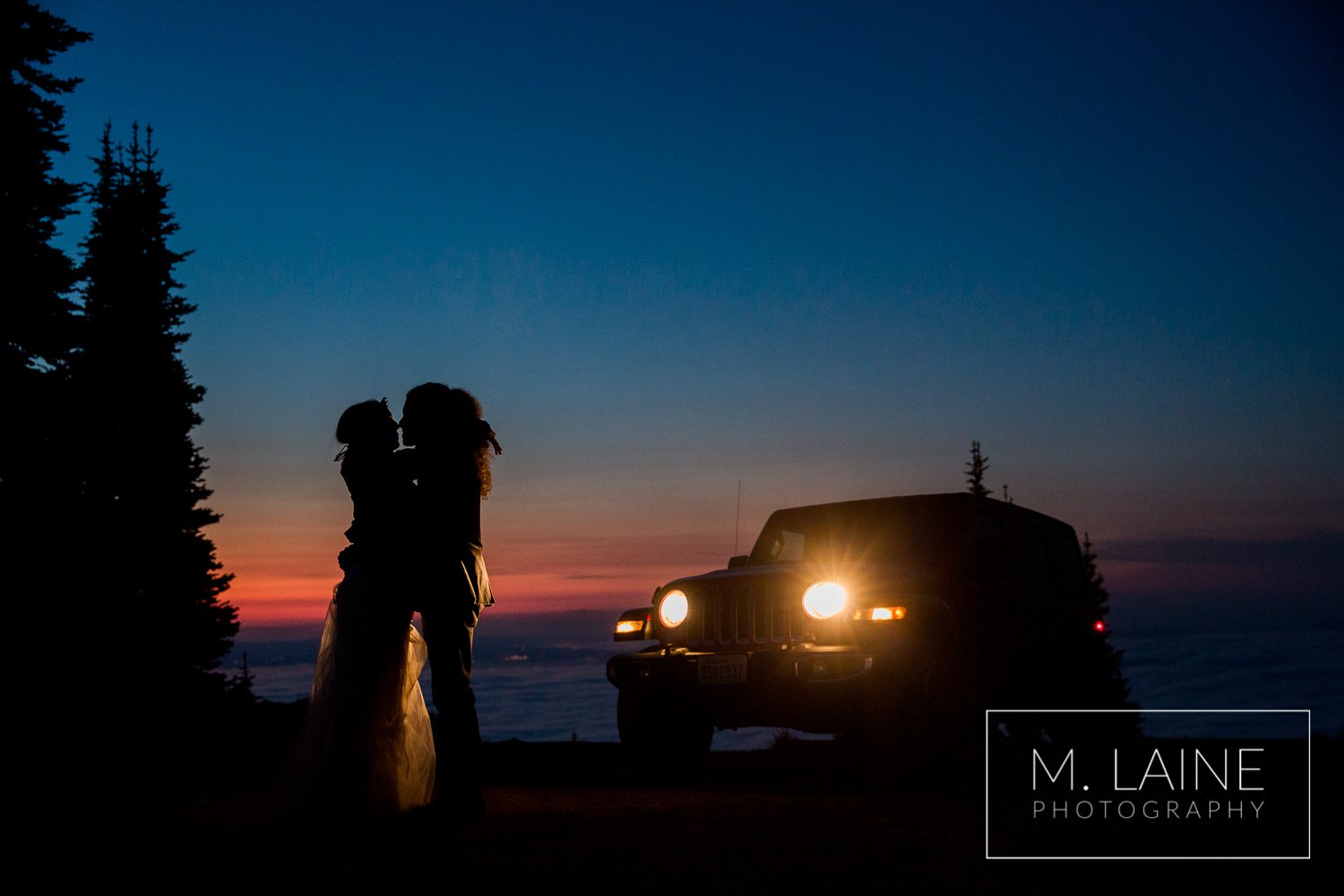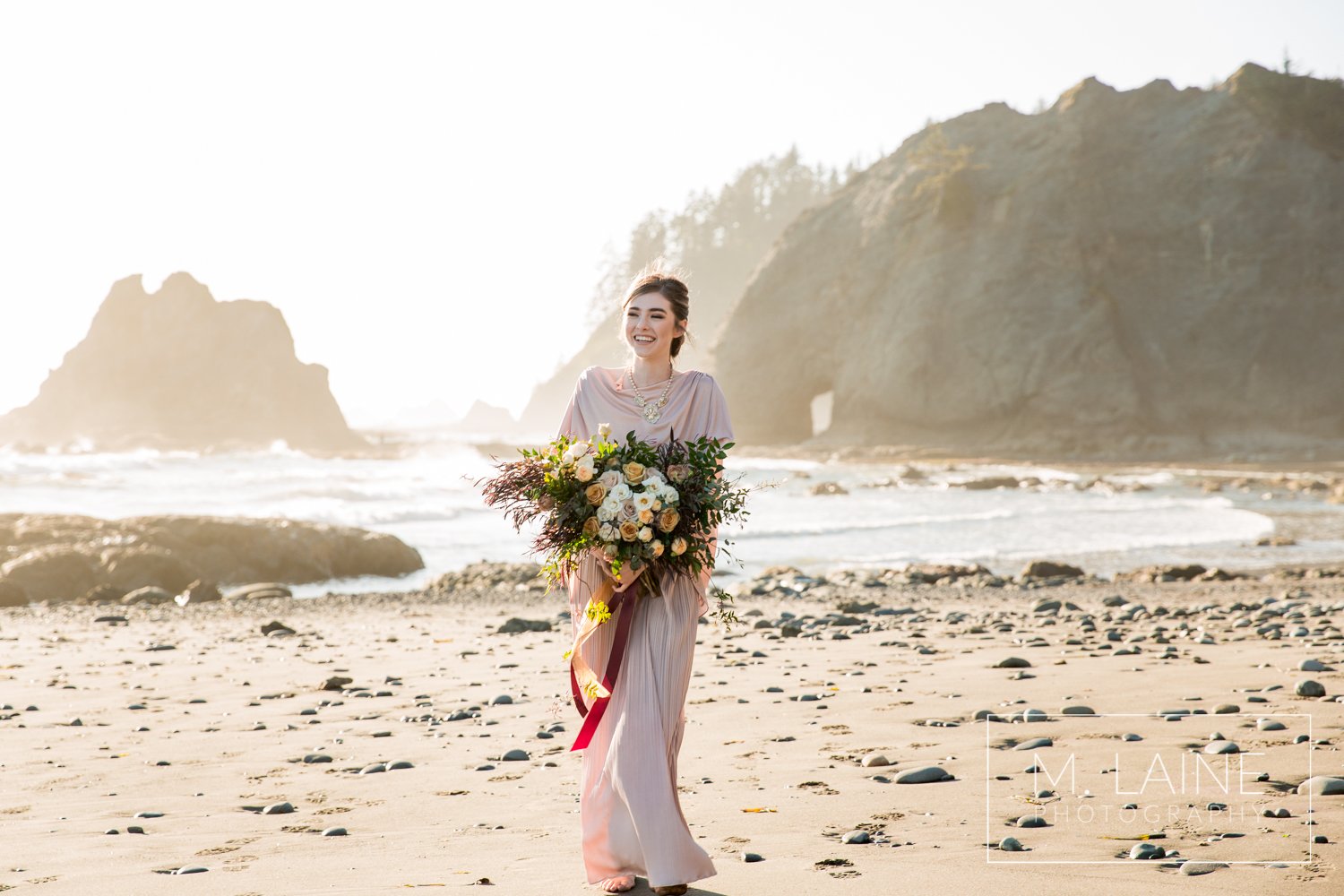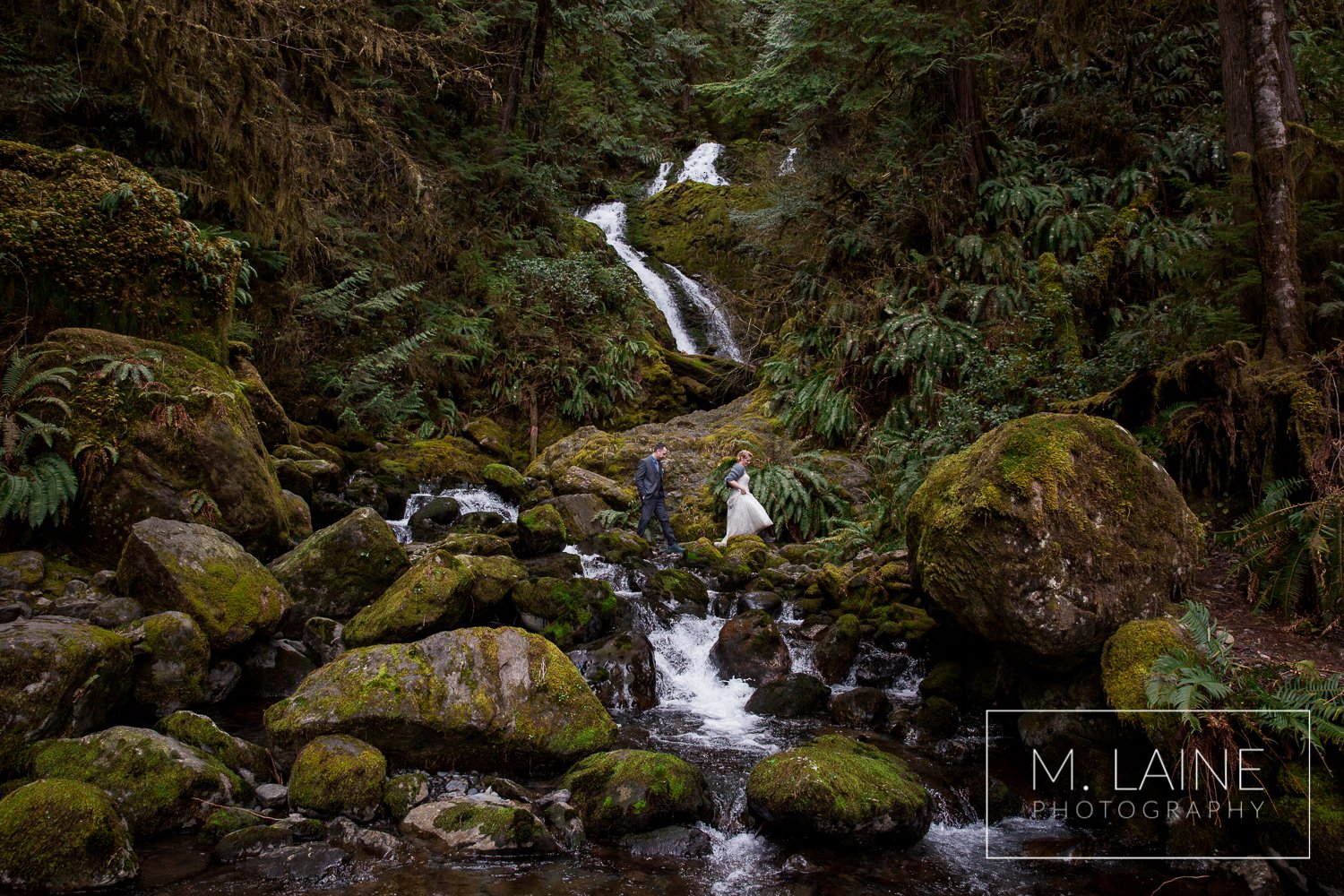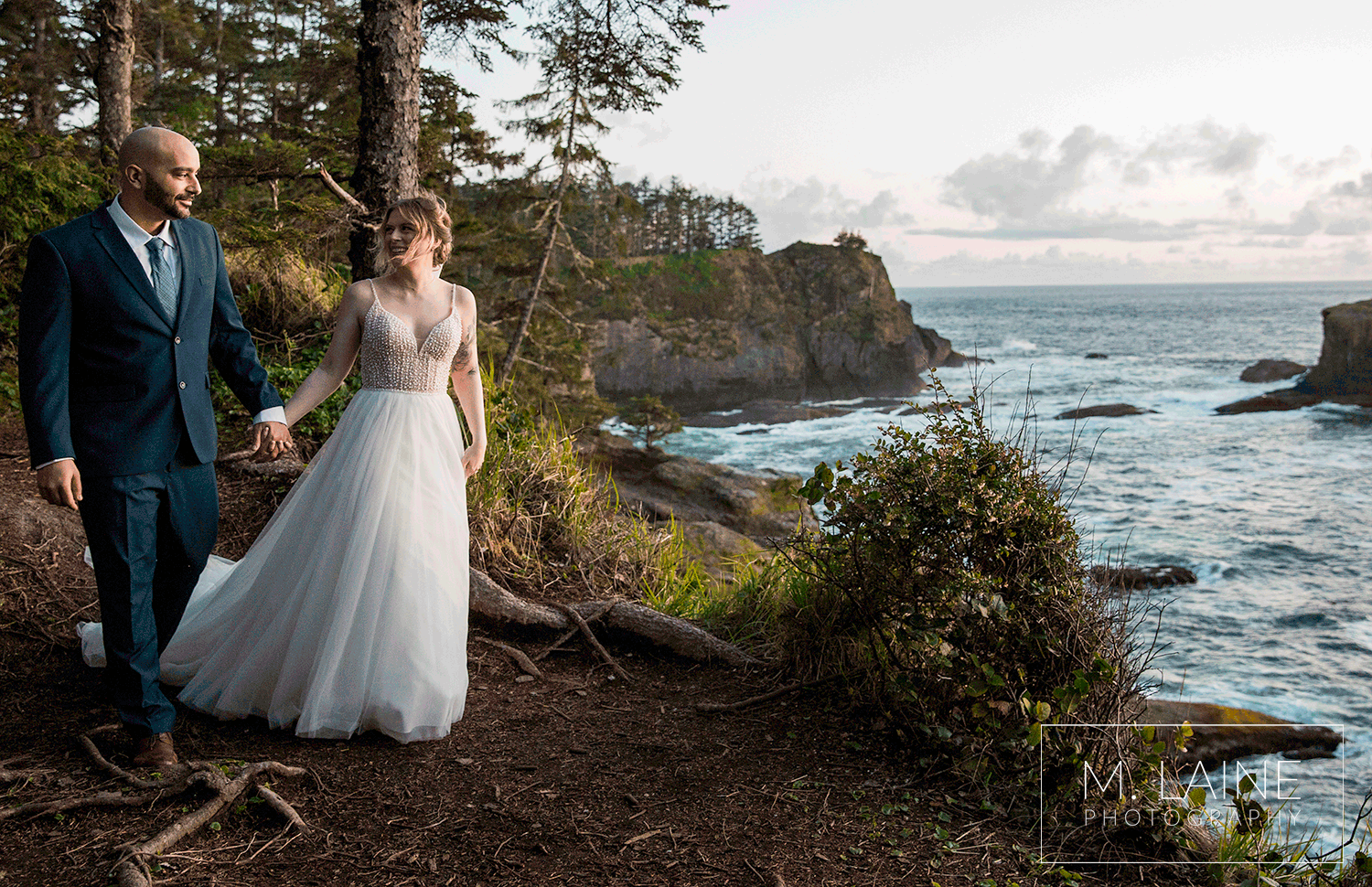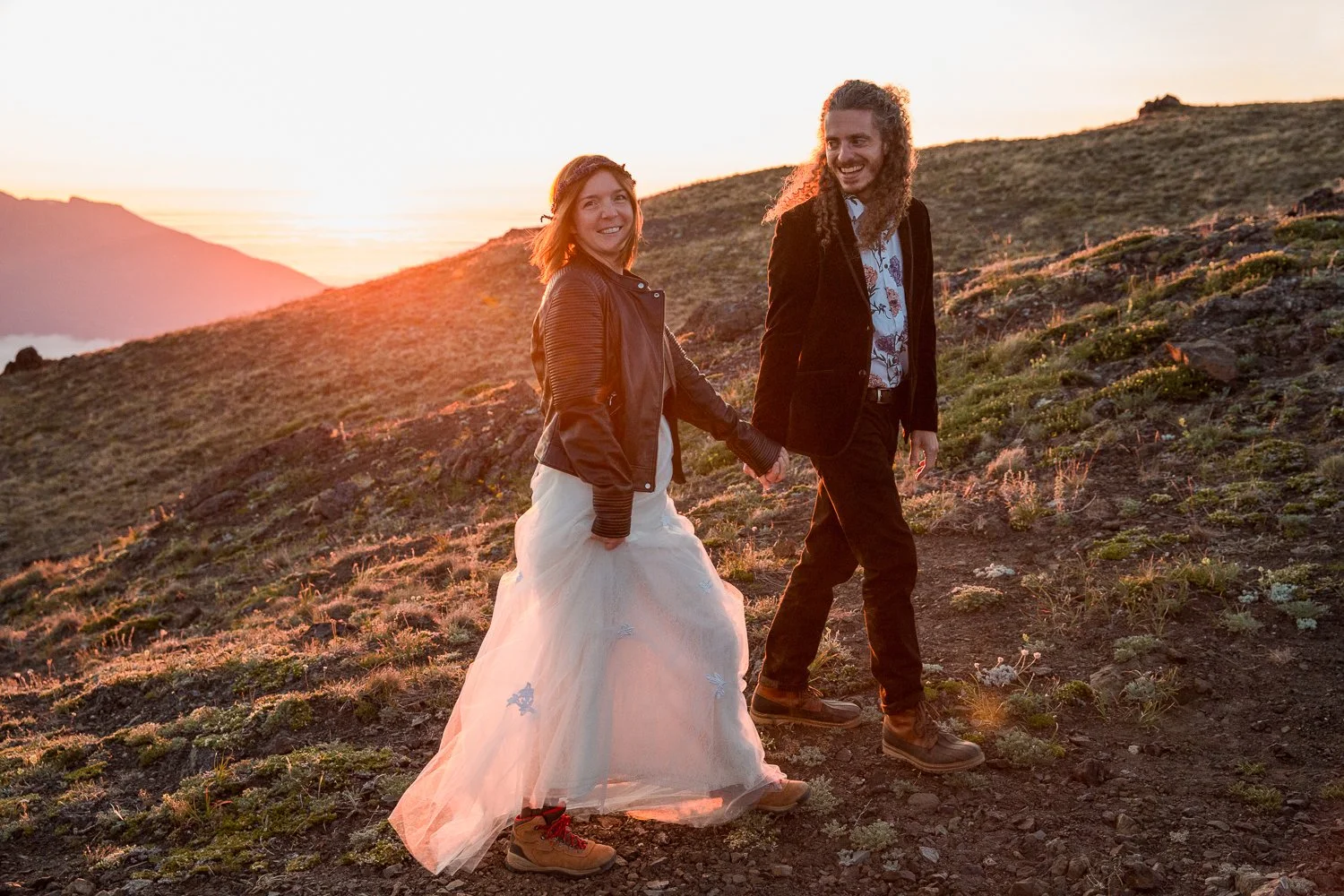Guide to Planning an Olympic National Park Wedding
Personally, I think the Olympic National Park is extremely underrated. It’s one of the quietest spots in the continental United States, covers almost one million acres, and over 95% of the park is designated wilderness.
It boasts three unique ecosystems — glaciated mountains, 73 miles of rugged coastline, and temperate rainforest – meaning you could find vastly different landscapes by the hour. It’s incredible and my favorite place to explore in Washington any season.
Hosting a wedding in the park is beautiful, but does require some forethought. Here are a few tips to help guide your planning process.
Click the links below to skip to a section:
How to reach the Olympic National Park
When to elope in the Olympic National Park
Do you need a permit to elope in the Olympic National Park?
Is the Olympic National Park dog friendly?
How to legally marry in Washington
Best activities in the Olympic National Park
How to reach the Olympic National Park
Flying
The Seattle-Tacoma International Airport is the closest major airport to the Olympic National Park. It’s between a two and four-hour drive to reach destinations throughout the park, and I recommend enjoying a ferry ride from Seattle on the way there.
Driving
You will need to have a car to travel throughout the Olympic Peninsula. I’d recommend road-tripping around Highway 101 or making Port Angeles your home base and exploring from there.
Know that major towns such as Port Angeles, Forks, and Lake Quinault have amenities like gas stations and restaurants but there aren’t many options, if at all, between towns. Plan your stops accordingly and bring snacks.
Pro tip: Cell service is limited throughout the park, so load your directions before leaving your lodging.
National Park entrance fees
Make sure your guests aren't caught off guard by park entrance fees. It costs $30 per vehicle (good for seven consecutive days), $55 for the annual pass to the Olympics, or $80 for the interagency pass, which is good for all U.S. National Parks.
You can purchase these at any of the ranger stations (some are open seasonally), the three Olympic National Park lodges, on the way to Hurricane Ridge Visitor Center, as well as online.
Hurricane Ridge Visitor Center
Summer
Although the Hurricane Ridge Day Lodge (the visitor center) is open between 9:00 am and 6:00 pm daily, the road there has no restrictions from June to September. You can drive to the top of the mountain any time of the day.
It’s a fantastic spot to elope at sunrise or sunset and star gaze on clear nights. However, traffic to get into the park regularly backs up between 15 and 120 minutes, particularly on weekends. To beat the crowds, I advise arriving early (before 8:00 am) or late (after 4:00 pm) and visiting on a weekday if possible.
Winter
Traffic backups at Hurricane Ridge Visitor Center are especially bad in winter since the visitor center is only open Friday through Sunday. The road opens after it’s been plowed, typically around 8:00 am. In winter, I recommend arriving at the Heart of the Hills entrance to Hurricane Ridge no later than 7:20 am to be one of the first vehicles allowed in. The parking lot at the top is small and fills up quickly, so once it’s full, cars are allowed to enter as others leave one at a time.
Check road conditions ahead of time, and be sure to carry chains in your vehicle between November 15th and April 1st. I recommend purchasing them at Les Schwab Tire Center since they allow returns if the chains go unused. If you’re concerned about driving in the snow, consider renting an SUV with all-wheel drive.
When to Elope in the Olympic National Park
Generally, the best time to visit is between May and October, however, each season has its perks.
Summer (best for weather and hiking)
July – September
With an average of three days of rain each month and temperatures reaching 70 degrees at most, summer in the Olympics is divine, particularly if you want to explore in the mountains. All the park’s roads and hiking trails at higher elevations are melted out and accessible by July. If you’re interested in a backpacking or hiking elopement, you’ll have every trail to choose from within the park!
Wildflowers usually reach peak bloom in mid-August, and although spring and fall are better for waterfalls, most of the waterfalls have water running year-round so you’ll still get to see all the sights.
Fall (best for waterfalls)
October – November
Averaging ten days of rain each month with temps in the 50s, fall is the most overlooked time to visit the Olympics. Fall foliage replaces the wildflowers and the waterfalls begin to rage again. It’s a great time to visit if you’d like to escape the crowds but still have the potential for some rain-free days.
Some of the roads at higher elevations close in October, but Hurricane Ridge is open year-round. Do note that in order to visit Hurricane Ridge, vehicles are required to carry chains in their car starting November 15th (more on that in Hurricane Ridge’s winter section).
Winter (best for privacy)
December – March
Although the town of Forks, near the rainforest, receives up to 20 days of rain each month in winter, places like Port Angles average 12. Regardless of where you visit, temperatures will stay in the 40s and the grey skies keep the fair-weather tourists away. However, if you’re in love with the stereotypical moodiness of the Pacific Northwest, this is your time to visit! The overcast skies bring drama while making the landscape seem more vibrant and saturated in color.
While the lower elevations are almost always snow-free, you’ll find plenty of snow at Hurricane Ridge — perfect for snowshoeing and backcountry skiing. Skipped the section on Hurricane Ridge? Click here to go back and see everything you need to know.
Weather changes quickly in the Olympics, especially in the winter, so bring a rain jacket and warm layers with you wherever you explore.
Pro tip: Check out these blogs on how to shop for adventure elopement dresses, suits, and weather-related accessories.
Spring (best for greenery and waterfalls)
February – June
After a winter full of snow and rain, spring is when the Pacific Northwest is most lush and green. Temperatures near the park stay in the 50 to 60s with nine days of rain in February, dropping to four days of rain by June.
Waterfalls will be at peak flows and the rainforests are particularly stunning in spring. It’s a great time to see the national park before it gets busy during the summer months.
Note that chains will still be needed to visit Hurricane Ridge until April 1st (more on that in Hurricane Ridge’s winter section), and there are some seasonal hiking and road closures between October and July.
Do you need a permit to elope in the Olympic National Park?
In some cases you will need a permit to elope in the Olympic National Park. If you have fewer than five people (including vendors) at your ceremony you will not need a permit. If you’ll have more than five guests and vendors attending your ceremony you will need a permit. How much your permit will cost is determined by your group size (vendors are included in this count) but it will be between $50 and $250.
Part of my services includes giving you a custom list of elopement location suggestions, so you don’t have to navigate everything alone. The permit fee is nonrefundable, so apply once you’ve decided on your ideal elopement location and give the park at least four weeks before your requested wedding date.
If you have less than 12 guests, you’ll be able to use any trail in the park but if you’ll have more, you’ll need to host your ceremony at park-appointed locations. If your elopement is on the larger size, consider using a venue as well. Click on the Olympic National Park section on this list to view incredible venues fit for elopements throughout and near the park.
Is the Olympic National Park Dog friendly?
Yes, there are some areas where dogs are allowed in the Olympic National Park, but not all of it is dog friendly. You can find a list of the places dogs are allowed here.
Many of the locations mentioned are my favorite beaches and lakes on the peninsula, although the most famous areas like the Hoh Rainforest and Hurricane Ridge do not allow dogs. Service animals are the exception to these rules and they can accompany their owner to all park locations.
The Olympic National Forest is also dog-friendly and borders the Olympic National Park. Trails, picnic areas, and scenic viewpoints make for great elopement locations as well.
Part of my elopement services includes giving you a custom list of elopement locations. You don’t have to sift through all the options yourself. Contact me and I’ll help you figure out what can work best for you.
Do note that wherever you choose to elope with pets present, you’ll need to follow B.A.R.K. rules:
B: Bag your poop
A: Always wear a leash
R: Respect Wildlife
K: Know where to go
How to legally marry in Washington
Check here for all of Washington’s current laws about marriage. There are options to apply in person or by mail, but in short, you must apply for a license at least three days prior to your wedding and use it within 60 days. For your ceremony, you must be married by an ordained officiant and have two witnesses present.
If you’d like to keep your ceremony extra private and not have planned witnesses present, you can always find people on the trail, in the lodges, or loved ones back at your lodging to sign as witnesses too.
Bonus: I’m ordained and act as an officiant for the legal purposes of signing and turning in your paperwork!
Sustainable Practices
As in all wilderness spaces, you’ll need to practice leave no trace principles. This means no wandering off paths for photos, leaving trash or décor behind and respecting the wildlife and other visitors.
Trampling meadows is a huge no-no in the Olympic National Park. Walking off trails in the wildflower meadows kills the flowers and encourages others to follow you and do the same. If this is the look you’d like for your elopement, don’t worry. It’s possible to get gorgeous photos that look like you’re surrounded by wildflowers without damaging the landscape. Please respect the park rules and allow photographers to work their magic.
National Parks allow “modest decorations” but if you have questions, contact the permit coordinator. Preserving the natural environment is a top priority, so you will not be allowed to dig holes for a wedding arbor, remove any vegetation, or throw confetti.
Best activities in the Olympic National Park
Hiking and backpacking
With 3,072 miles of trail throughout 194 trails, the Olympic National Park has the fourth most hiking trails out of all the U.S. National Parks. Since 95% of the park is designated wilderness walking allows you to experience the park in a slower, more intentional way while quickly becoming immersed in nature.
I’ve hiked over 100 trails in Washington, and the Olympic Peninsula is my favorite area to hike in, no matter the time of year. There is a hike here for everyone — from flat paved trails to summits reached by scrambling — and they are all equally beautiful.
Pro tip: Find hikes and up-to-date trip reports at Washington Trails Association and AllTrails. Hikes at higher elevations tend to be seasonal and are often only accessible between July and September. If a hike does not have recent trip reports, it’s likely, not accessible during this time.
Caution: If you’ll be hiking or snowshoeing in the mountains between November and May, talk to rangers at the Port Angeles Wilderness Information Center to ensure you won’t be endangering yourselves in avalanche terrain before heading out.
Road tripping
Drive the Highway 101 loop stopping to see all the sights! All my couples receive a Guide to Washington PDF that covers what to do and see in all of Washington’s national parks. You’ll have all the hidden gems, must-see sights, and local tips at your fingertips while wandering your way through the park. There are so many quick stops, short walks, and beautiful views to see!
Biking
Biking is a fantastic way to view more of the park than you could in a single hike, but at a slower pace than driving. There are three main biking routes throughout the park: the Olympic Discovery Trail, the Spruce Railroad (my favorite), and the Rain Forest Loop at Lake Quinault.
You can find bike rentals in Port Townsend, Sequim, and Port Angeles along the Olympic Discovery Route, and seasonal rentals at the Log Cabin Resort near the Spruce Railroad trail. There are no bike rentals near Lake Quinault.
Swimming, kayaking, and paddle boarding
The Olympic Peninsula has some of the most stunning lakes in Washington. They are perfect for kayaking, and paddle boarding, and although they are a bit chilly, they’re fun to swim in too.
Find rentals at Lake Quinault, Lake Crescent, and Lake Sutherland.
Camping and van life exploring
There are so many beautiful campgrounds around the Olympics, after ten years of exploring the area, I’m still finding places I’d like to stay. Consider camping in traditional campgrounds if you’d like to have amenities like toilets, showers, and running water. If you’re okay with bringing your own water and disposing of waste properly there are great primitive and dispersed camping throughout the park as well.
I recommend finding van rentals at Indie Campers and Escape Campervans.
Pro tip: During summer, campsites book months in advance. Make plans early and don’t be intimidated by campsites that say they are “walk-in sites”. These sites require you to park your car slightly farther away but usually it’s less than 20 feet away from the campsite. These sights are often more private and easier to book!
How much photography coverage will you need?
You’ll need four hours of photography coverage at the very least, but on average, my couples hire me to provide eight hours of continuous photography coverage. There are options to include split coverage between sunrise and sunset, and multi day events as well. Below are a two examples of how your elopement can be photographed.
Half-day elopement: 4 hours
We meet at your cabin and photograph you finishing getting ready for the day.
From there we’ll drive to a nearby lake for your first look.
Once there you two see each other dressed up for the first time that day.
You two get to talk, hug and cry as much as you want.
When you’re ready, we’ll take more photos on the dock, at the lakeshore, and in the forest.
From there, we’ll find the perfect private nook for your ceremony to take place.
After, I’ll sign your marriage certificate as the ordained officiant, and we’ll find two strangers to sign as witnesses.
To celebrate, we take to the lake in canoes at sunset.
Sunrise and Sunset elopement: 10 hours
We meet at the trailhead and begin our hike under the stars.
Before the stars fade away, we snap shots of you, the milky way, and the surrounding mountains.
As the skies begin to lighten, you help one another into your wedding attire.
When you’re ready, we find a secluded spot along the trail to have your private vow reading.
After, you share coffee, snacks, and watch videos of loved ones well wishes.
When you’re ready, we hike back to the cars and take a mid-day break.
We meet again at your cabin for a ceremony with family.
Afterward, we take a few group photos.
All the while a private chef has been preparing dinner for everyone to share.
Everyone shares in the meal, toasts, and desserts.
You two set out to watch the sunset at a nearby beach.
You have your first dance on a rocky ledge surrounded by waves crashing gently around you.
Once the sky has finished changing colors, we part ways.
Where to stay in the Olympic National Park
I always recommend hiring your adventure elopement photographer first so they can help you decide where to elope, and then booking your lodging accordingly. Since the park is so large, if you book your lodging first, you will be limiting your elopement location options.
The most popular lodging options are the national park lodges and cabins. Like most national park lodges, these lodges are more rustic than luxurious.
National Park Lodgings:
Kalaloch Lodge
Open year-round and located steps from the beach, you’ll find cabins with oceanside views. Dogs are allowed and you’ll love walking through the rainforest trails and on the sandy beach at sunset here.
Lake Quinault
This lodge sits on the shore of Lake Quinault overlooking the surrounding mountains. It’s open year-round, and I love visiting in the off-season. The rainforest here is my favorite in the national park and it boasts of some of the largest trees in the world nearby. Dogs are allowed on the first floor in the Boathouse Rooms only.
Lake Crescent
Open seasonally between late April and late December, Lake Crescent is my favorite lake in Washington. It’s stunning no matter the season — the docks are so picturesque and there are hikes in the rainforest, to a waterfall, and Mount Storm King (pictured below) nearby. Dogs are allowed in Roosevelt Cabins and Singer Tavern Cottages.
Log Cabin Resort
Located on the northern side of Lake Crescent, the Log Cabin Resorts operate from mid-May to late September. There are a variety of accommodations including lakeside chalets, lodge rooms, cabins, full RV hookups, and tent campsites. Dogs are only permitted in the Camper Cabins and campgrounds.
Sol Duc Hot Springs
The Sol Duc Hot Springs is located deep within the rainforest with a large riverside suite that sleeps ten and individual cabins available to rent between April and October. There is a hot springs swimming pool with hikes through the rainforest to waterfalls nearby. Dogs are allowed in cabins and campgrounds here.
Stay in Port Angeles
Located two and a half hours from Seattle, Port Angeles is called the gateway to the Olympics. The town sits between the mountains and the Strait of Juan de Fuca, just at the edge of Washington’s rain shadow (meaning it gets less rain than other areas around the park). From here you’ll have small-town amenities like restaurants, artisan shops, bookstores, and the seasonal lavender farms nearby. You’ll be within an hour of the many sights including Hurricane Ridge, state parks on the ocean, Lake Crescent.
Buffalo Ranch Cabin — Private cabin on a farm stay with buffalo nearby, sleeps two
Eagles Landing — Sleep among the trees with peak-a-boo water views, sleeps three
Majestic Cedars — A cozy cabin nestled in the forest that sleeps four
Sol Duc Serenity — Located between Port Angeles and Forks on the Sol Duc River with a hot tub, sleeps four
Kirk’s Bluff — Located downtown with a gorgeous deck and water views, sleeps eight
Lakefront Cabin — Everything you could want in a cabin on Lake Sutherland, sleeps eight
Stay in Forks
Forks is a bit farther into the Olympic Peninsula, taking three and a half hours to reach from Seattle. You can expect it to be raining here between October and April, and it’s a great spot to stay if you’re interested in spending lots of time in the Hoh rainforest and on the beaches along the coast. There is one motel, one grocery store, and a handful of gas stations and restaurants. Twilight references are all over town still, so if you’re a fan you haven’t missed out!
Red Roof Retreat — Beautiful backyard with hot tub and fire pit in town, sleeps six
Magnolia on Main — Modern and updated yet quaint right in the center of town, sleeps eight
Peregrine Pines Cabin — Large with a beautiful great room and hot tub, sleeps ten
Sol Duc Log Cabins — Classic riverside cabin with hot tub and pool table, sleeps ten
Other noteworthy towns are Sequim, Port Townsend, Seabeck and Hoodsport. They offer more variety in lodgings and town amenities but are farther from the national park attractions.
Browse the archive or search for specific topics (try “Rainier National Park”, “beach” or “destination”).
